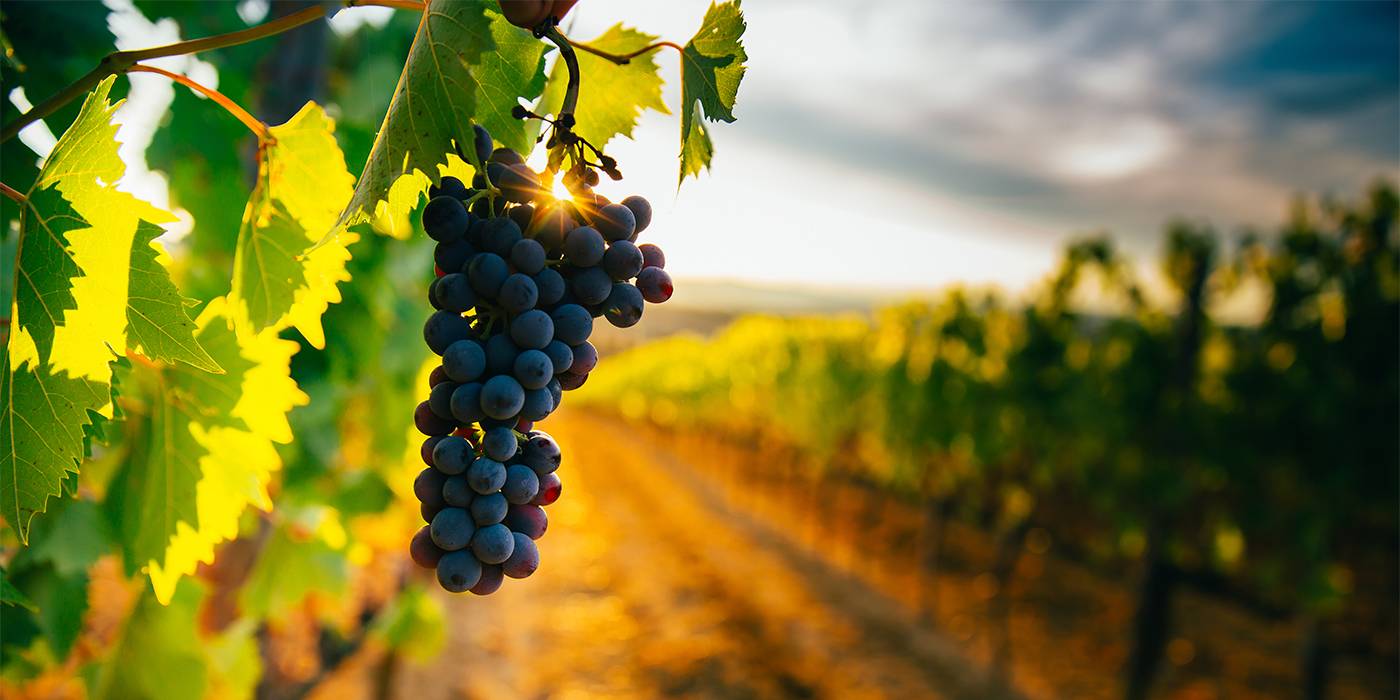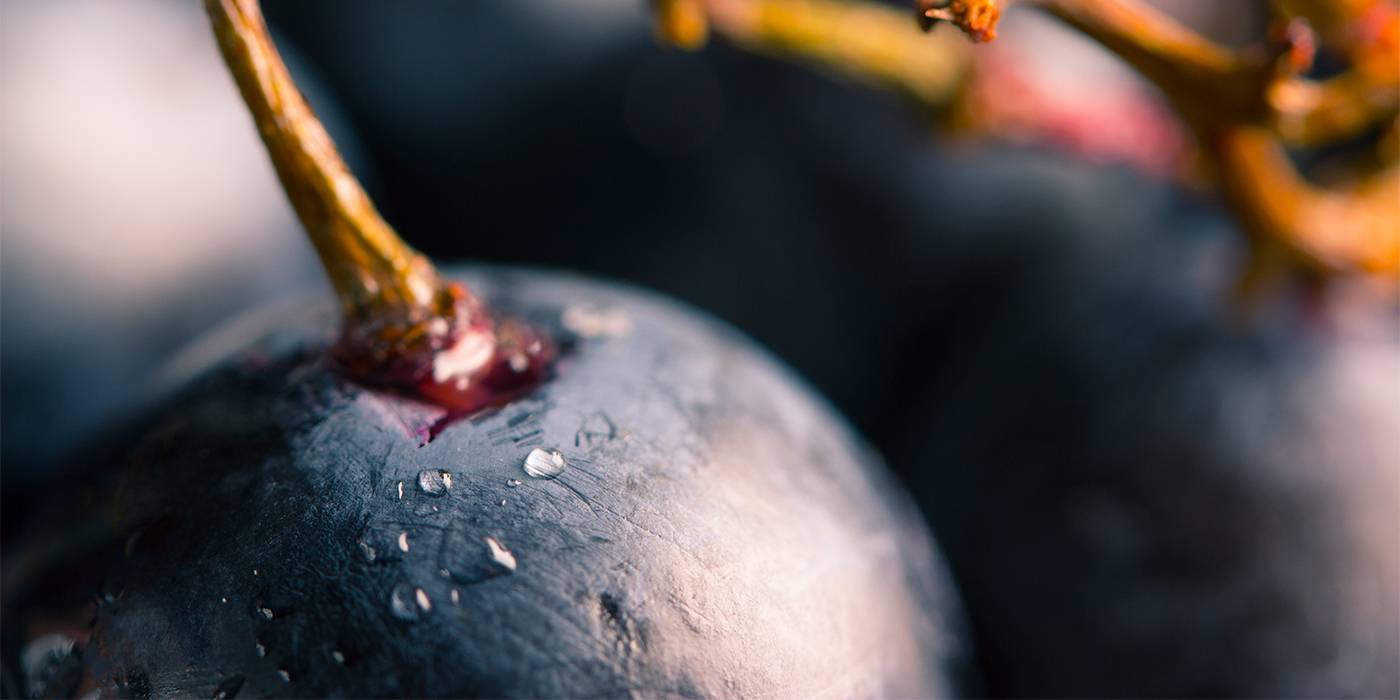Pruina: What is it, and what is it for?
Pruina is indispensable in winemaking, as well as fulfilling other important functions such as protecting the grapes. Find out more about it!

Eva Pizarro
Sommelier at Fierro restaurant and trainer at Tandem Gastronómico.
When talking about winemaking, we inevitably refer to the grapes, the fruit of the vine, which is one of the most decisive factors in the type of wine that we will eventually produce.
Grapes consist of different parts that can affect the final result of the wine. Today we are going to find out about some of them, particularly bloom, and what it actually does:
Bloom is a waxy film covering the skin on grapes. If you ever picked grapes, even those we usually buy as table grapes, you will have noticed that the skins have a type of translucent film covering them. This layer is what we call the bloom. It is not exclusive to grapes, have a look at blueberries and plums; they also have a film of bloom on them.
The bloom is found on the grape skins, also known as pomace after the grapes have been pressed. It is there to protect the fruit and contains one of the most important elements for winemaking, which is the yeast responsible for fermentation and therefore transforming the grape must into wine.

When we decide to make wine in a more natural way, i.e. with as little human intervention in the winemaking process as possible, the natural yeasts in the grapes are in charge of fermentation, which is why protecting the bloom on the grapes while they are still on the vines is very important, avoiding any aggressive treatment and carefully handling the grapes to ensure the protection of this waxy film.
Grape skins also contain the pigments that will confer the colour to the wine depending on how long it is in contact with the must.
The skins also contain the tannin and other substances responsible for conferring bouquet to the wine, and therefore they are absolutely fundamental in the winemaking process.
Furthermore, bloom on the grape skins protects the fruit from fungi and pests, and consequently protecting the fruit. It repels rain, ensuring it does not penetrate the fruit and spoiling it, and also from the sunlight by reflecting the sun’s rays away from the fruit to prevent it from scorching.
Therefore, protecting the bloom is fundamental if we want a healthy harvest.
But not only the skin is important in winemaking, the pulp, the fleshy part of the grapes contains sugars, vitamins, acids and seeds which all confer flavour and nutrients to the wine.
Finally, the stalk which joins the grapes to the plant can be used in different proportions in winemaking. It confers tannin and other components that define the resulting wine.
So now you know how such a small fruit can lead to an array of wines, styles and qualities. Properly managing all these items in each process will be a determining factor on the wine that we eventually pour into our glasses.

What do you think about?
Share comments, opinions and tricks with the Community







